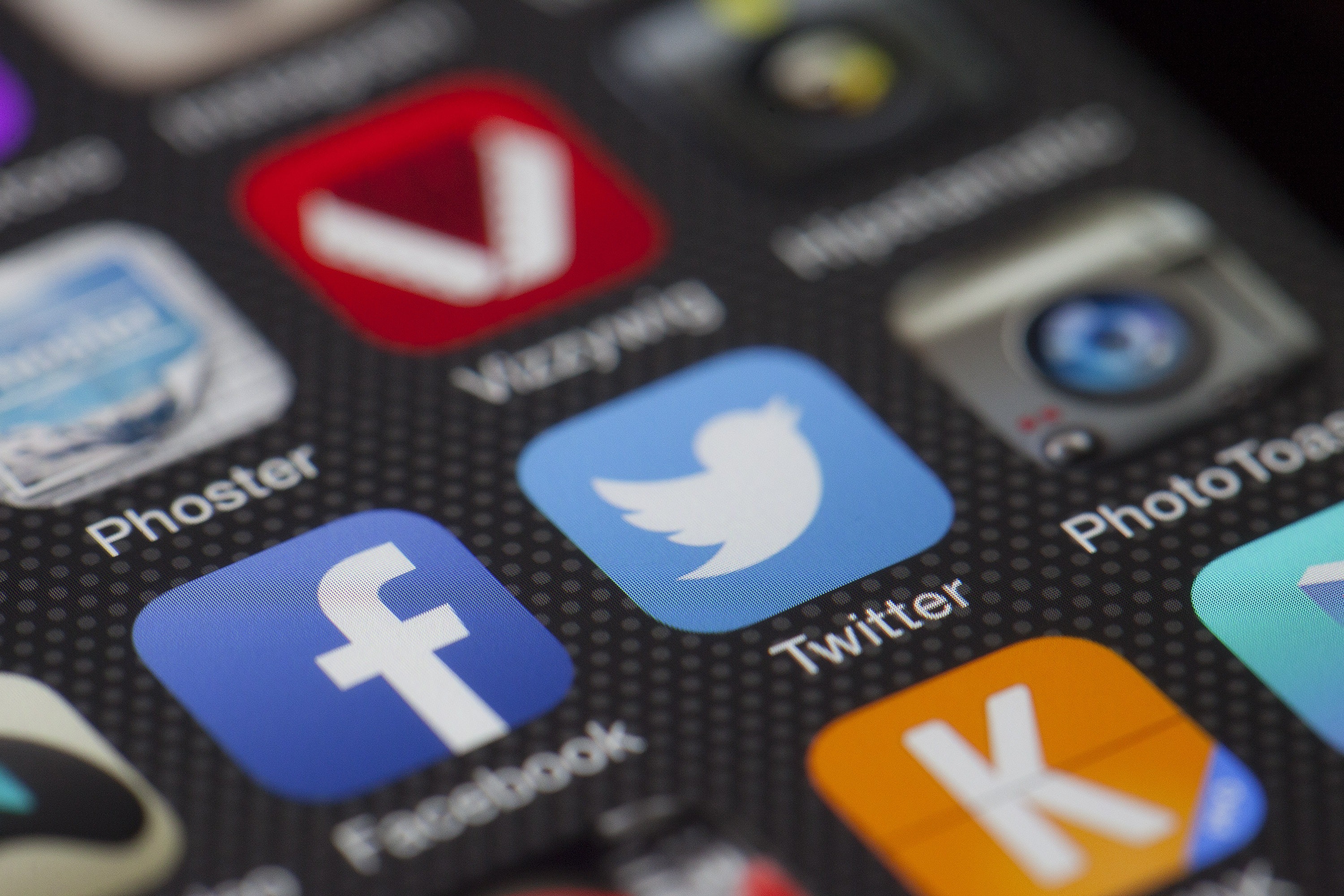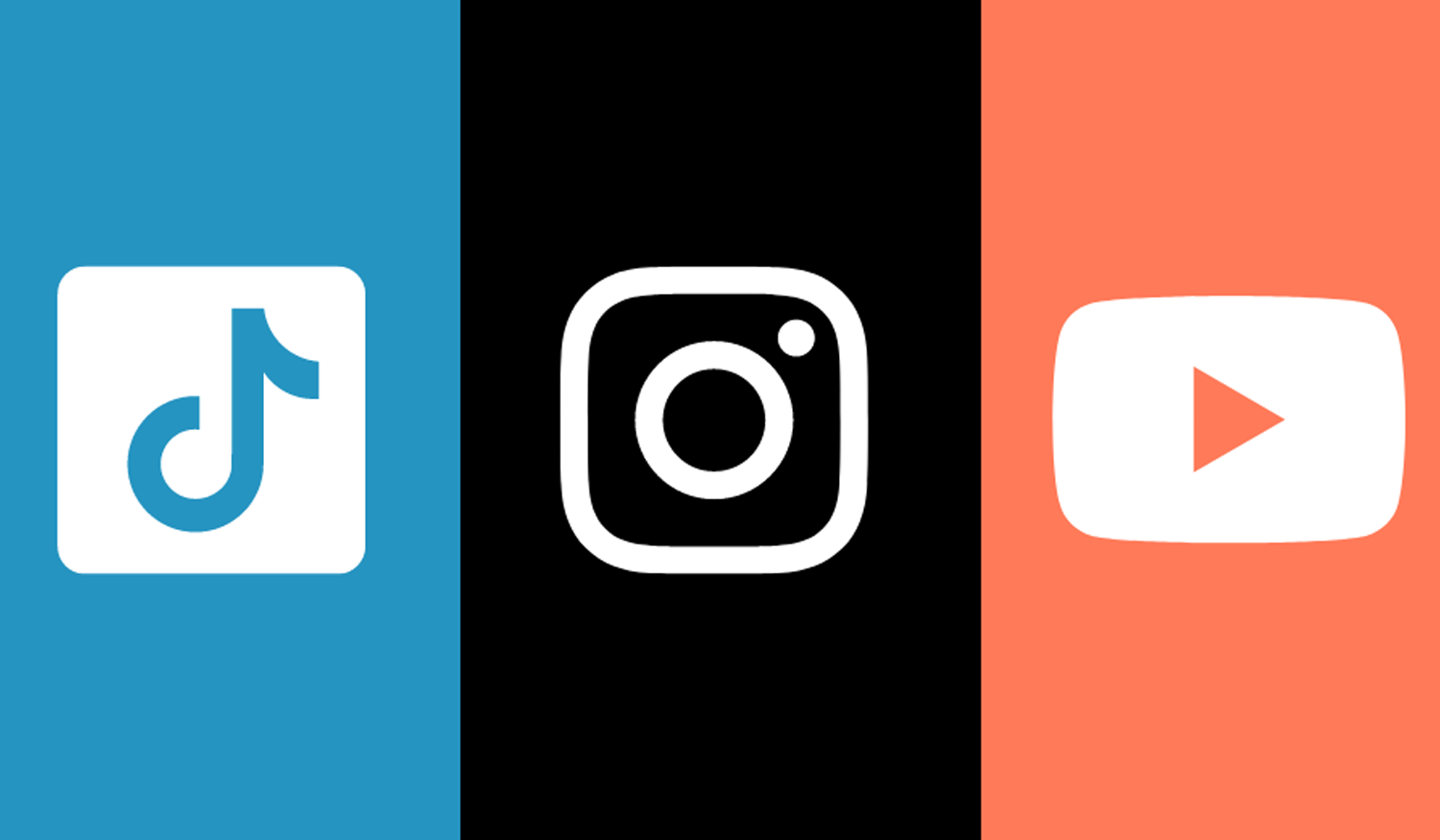TikTok vs Reels vs YouTube Shorts: Get Started with Short Form Content
Short-form content has become one of the fastest-growing marketing trends of the last couple of years. In 2022, 85% of consumers say they engage with...
Wellmeadow supports ambitious companies with business growth enabled by HubSpot.
We've worked with over 100+ businesses at board-level across sectors such as automotive, manufacturing, healthcare, legal, SaaS, and professional services.

%20(A4).png?width=71&height=100&name=portrait%206-box%20model%20diagram%20(1170%20x%207051%20px)%20(A4).png)

-1.png?width=70&height=70&name=Square%20(1)-1.png)

The world of social media is constantly evolving and changing, encompassing numerous platforms. However, one platform that has experienced significant transformations in recent times is Twitter. Ever since Elon Musk acquired Twitter in October 2022, he has implemented and reversed various changes on the platform. The most noticeable change being the rebranding from Twitter to X. These alterations have resulted in several consequences, including a decline in advertisers on the site. As a result, users have been left pondering the question: what are the viable alternatives to Twitter?
Twitter was founded in 2006 by Jack Dorsey, Noah Glass, Biz Stone, and Evan Williams. The platform quickly generated a following from the unique, instantaneous style of microblogging, limiting users to only 140 characters per message aka Tweets. By 2012, more than 100 million users produced 340 million tweets a day and in 2013, it was in the top ten most visited websites globally. Now in 2023, the site still has 450 million active users. Over the years, Twitter became an essential platform for news, political discourse, activism, and social engagement.
As social media expanded, Twitter tried to compete with other social platforms such as Instagram and Snapchat, focussing on improving visual and live content. It infamously bought the video platform Vine in 2012 before closing it down in 2016. Likewise, it bought the live streaming platform, Periscope in 2015 but discontinued it in 2021. The site continued to improve its successful micro blogging formula and increased the tweet character limit to 240 and adding thread capability, making users able to create a chain of tweets, perfect for longer stories and conversations.
In early 2022, Elon Musk started to buy shares in Twitter and on April 14th 2022 stated he wanted to buy the platform. On April 25th, Musk's offer of $54.20 per share, or $44 billion, was accepted, giving Musk total control of the company. However, Musk started to threaten to pull out of the deal, claiming Twitter had inaccurately reported the site's issues with spam bots. This was then further complicated by a complaint filed by Whistleblower Aid on July 6th by former Twitter security officer Peiter Zatko, who had been fired from the company in earlier 2022, claiming Twitter was making false or misleading statements about privacy, security, and content moderation on the platform. Twitter then sued Musk for attempting to abandon the deal, with trial set to start on October 17th. It was reported by Bloomberg that Musk sent another offer letter to buy Twitter with the original quoted price after failing to delay the court date. The judge paused court proceedings whilst the original deal was worked through and on October 27th 2022, Elon officially acquired Twitter. The Verge dubbed it 'one of the biggest and messiest tech deals ever".

Since owning the site Musk has implemented many changes, causing a lot of controversy and backlash from users and business alike, reflected in falling advertising. In November 2022, Musk changed the official 'blue tick', now making blue tick status a subscription only option at $8 a month. This removed existing, legacy blue ticks (previously for verified users like companies, celebrities, official figures) and changed to a multi-coloured tick system. Blue tick subscribers would also gain additional benefits, such as priority within replies, longer tweet limits and longer video upload lengths. On July 3rd 2023, Musk implemented a temporary limit on the number of tweets users could see. This was 6,000 for verified users and 10,000 for subscribers, and once that many tweets had been reached an error of "rate limit exceeded" would display on the user's feed. This prompted a surge in users trying to find alternates and #RIPTwitter trending for the following days. But perhaps the biggest, and most noticeable change came on July 23rd 2023, when Musk rebranded the site to X.
As every change hit the site, users asked "What platform will be the new Twitter?". Many different options have been thrown around, with different platforms seeing a surge in popularity after each change took place. Whilst none presently seem to be the obvious choice to take the Twitter crown, here are some potential websites to take a look at and consider:
Launching on July 5th 2023, Meta's alternate platform Threads, seemed like the top contender, smashing the record for fastest app to reach 100 million sign ups in only 5 days. This level of growth for an app was unprecedented, the previous record holder was ChatGPT, hitting the milestone in 2 months in 2022, and before that it was TikTok in 2017 taking 9 months. Threads features a very familiar layout to Twitter, but offers a 500 character limit and a distinct replies layout similar to Facebook comments to allow easier interactions. Threads directly links to the users Instagram account and can feature on their profile. The site currently lacks some of the features of Twitter such as direct messages. The app originally launched as mobile-only app, but on August 2023 began to roll out a desktop based website. After the initial burst on launch, momentum seems to have slowed down but if more featured are launched, could this be a suitable substitute?
|
Pros |
Cons |
|
Easy sign up via Instagram Familiar, recognisable layout No adverts (presently) Cross platform capabilities with Instagram such as posting Thread to a Instagram Story |
Despite huge sign ups, active users appear lower Lack of features for accessibility Lack of basic social media features such as direct messaging Criticised for its data policy |
BlueSky was originally an initiative funded by Twitter to develop an open protocol for decentralised social media, with the plan being for Twitter to implement it. Jack Dorsey, Twitter co-founder and previous CEO, is a part of the board. When Musk acquired Twitter, the relationship between Twitter and BlueSky was terminated, prompting them to launch their own social media network BlueSky Social. It is still currently in beta and accessible via app and desktop, however it is currently invite only. It features a very similar layout and functionality to Twitter but as it is decentralised, it gives the opportunities for users to create their own servers and enforce their own moderation and rules.
|
Pros |
Cons |
|
Open source to allow for more autonomy and more data control Familiar layout and concept to Twitter More user control and power towards content Ad-free |
Currently invite only More technically complex than Twitter Presently lacks functionality such as direct messages
|
Mastodon was one of the early front runners to become the replacement when the initial news of Musk looking to buy Twitter gained traction. Like BlueSky, it is a decentralised, open source platform. Mastodon is part of the Fediverse, a social network promising no built-in advertisements, no confusing algorithms and no big corporations dictating the rules. Users join servers, or can create their own, and then connect with users in communities that interest them. Posts are limited to 500 characters and users respond to discussion threads. A common criticism the platform faces is that it has a potentially confusing interface, especially when compared to the simplicity of Twitter. Mastodon saw a spike in popularity upon the Musk news breaking, and even has tools to help migrate users, but it is unclear how many remain active users from that initial surge.
|
Pros |
Cons |
|
Directory of servers ready for users to join based off categories like geography and hobbies. Tools to help move across and find accounts followed on Twitter More control for users for their data privacy Open source and decentralised for more powers to the user
|
Small user base that can make it more difficult to connect to an audience Confusing layout and functionality means there is a learning curve to the site Concerns for scalability if site became more popular Experience can be dependant on the server joined.
|
Clubhouse is an audio first social media platform and designed for long discussions rather than shorter text based interactions. It gained popularity in 2020/2021 amongst the pandemic. The app is organised by Clubs which are often based on topics and interests. Users can then browse The Hallway, the content feed, and see active Rooms, updates from followed users or replays of discussions that they might be interested in. Clubhouse also allows for scheduled events. This platform is an interesting alternate, and has been compared to Snapchat and TikTok in regards to being a game changing offering for social media. However, for some it might be too different to Twitter to really be considered an alternate.
|
Pros |
Cons |
|
Unique and exciting alternate social media platform Great for those podcasting or wanting to become a Thought Leader No advertising, meaning great opportunities for smaller businesses to compete Lots of established communities |
Competitive market and other social media platforms have implemented some audio tools to compete Concerns for accessibility of the platform, no captioning functionality No verification, potential for fake accounts Limited discoverability |
Plurk is a micro-blogging social media platform, the name is meant to be a combination of play, work, people and lurk. The site launched in 2008, and has a large following in Taiwan (where it is based) and Asia. The site has a 360 character limit and posts can include video and images. The biggest difference between Plurk and most social media networks is that it features a chronologically ordered, horizontal layout rather than vertical and in real-time (this is desktop version only, the app is vertical but still chronological). User Feeds are organised on a timeline, pinpointing posts made at that time period, meaning users can stay up to date and scroll through what they've missed throughout the day. The platform also features a very distinct art style. The site is free but does have paid for features such as extra emotes, higher-res uploads and filtering timeline.
|
Pros |
Cons |
|
Lots of features, including group messages and private posting Chronological timeline great for staying up to date with connections Wide range of customisation for profiles
|
No filtering as standard, including posts by language Some basic features, like filtering, are paid for Lack of content moderation |
CounterSocial is a social media network with a strict policy on no ads, no trolls and enhanced privacy protection. The site is customisable depending on the desired user experience featuring various layout choices for best user experience. It also has thorough filtering options to avoid specific phrases or hashtags. CounterSocial also features direct access to other apps including their own video conferencing and VR apps. The site also has strong moderation, and is one of the few social networking platforms implementing AI for content moderation. It offers very similar functionality to Twitter and then some.
|
Pros |
Cons |
|
Interactive elements like polls No adverts or sponsored content Strong moderation tools and security Clear vision of privacy first, free speech and decentralisation Library of cooperative apps including VR |
Smaller niche user base so less reach Whilst customisable, layout can be convoluted Potential for moderation challenges |
cohost has great potential for being an alternate choice for Twitter. Offering a similar range of functionality like Twitter such as posts, likes, retweets, hashtags and replies. The biggest difference is the offer a "no algorithm" feed, so all content is delivered vertically. cohost is currently still in beta, but is promising to add functionality of subscriptions and further perfecting the algorithm to aid discoverability. Upon registration users currently have to wait a couple of days before being given access to post, this is to prevent spam accounts. As it still early days for cohost, it's hard to decide whether it's a suitable alternate, but the current offering is promising.
|
Pros |
Cons |
|
Very similar feel to Twitter People focussed Adding new exciting features such as subscriptions and tipping No adverts |
Still in beta, users initially limited to viewing only (can post after a couple of days to avoid spam/bot accounts) Minimal moderation, risk to see sensitive topics Lack of discoverability tools currently |
Hive Social first launched in October 2019 and was deemed another big contender when the news about the acquisition first dropped. Hive seemed like it was going to be like likely replacement and in November 2022 became the number one top free social app on the Apple App Store. Hive has a small development team and struggled to cope with the initial influx of new users. In December 2022, they temporarily shut down servers to fix security concerns after a hacking. Hive Socials offers a very familiar interface, with a chronological feed like Twitter and the discoverability style feed of Instagram. For a nostalgic comparison, you can even add music to your page - Myspace-esque! Hive Social is currently app only, so for now those looking for a desktop alternate, this isn't for you. Hive offers a lot of promise and hopefully the issues back in 2022 won't stop people considering it as a contender.
|
Pros |
Cons |
|
Chronological feed Great discoverability Familiar, friendly interface Customisable to reflect individuals |
Usernames aren't unique - potential of fake accounts No desktop site currently Still a start up so some limited functionality, Android app only recently left beta |
Right now, the simple answer is, there isn't a clear winner! Twitter/X seems to be going strong with no obvious platform users are flocking and sticking to. Whilst quite a few of the above have had a sudden boost in popularity, none have yet fully captivated and stopped users returning to Twitter. Some platforms like Mastodon and Plurk have long running communities, where Threads, Hive and cohost seem to be trying to fill the gap with new offerings. But are they offering enough to be more worthwhile than sticking with X? All we can recommend for now is have a look, explore some platforms and see what works for you and your audience. You never know, you might find some untapped potential on one of these sites and never look back!

Short-form content has become one of the fastest-growing marketing trends of the last couple of years. In 2022, 85% of consumers say they engage with...

Evergreen content is a powerful tool and a great tactic in any inbound marketing strategy. By utilising this concept, you can create valuable content...

Did you know that that 90% of podcasts fail before releasing 3 episodes? Read our guide to get yourself on the right track to podcasting success.